Montevideo is the capital, largest city, and main seaport of Uruguay. The city is located on the southern part of the country, at the mouth of the Río de la Plata. The city limits cover 209 sq km (80.7 sq mi) and has a population of 1.3 million people (2011 estimate), within a metropolitan area of 1.8 million inhabitants.
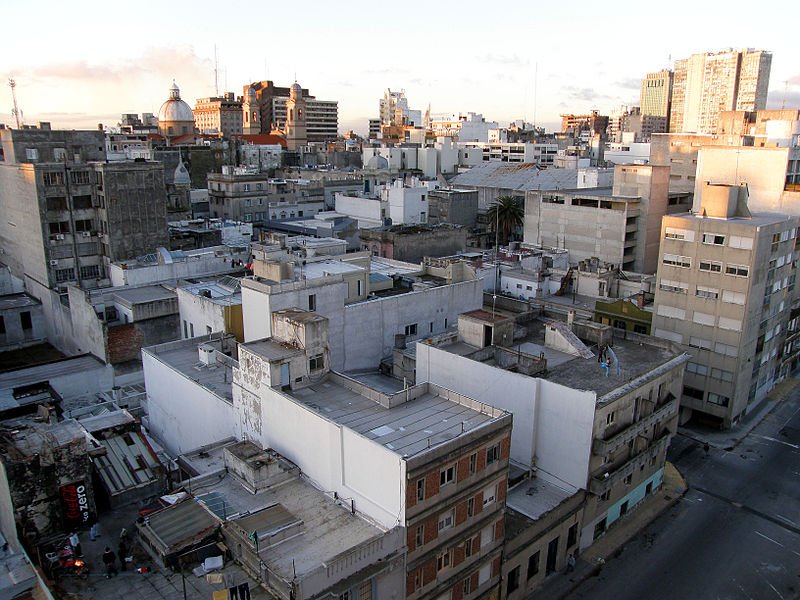 Montevideo, Uruguay
Montevideo, UruguaySource: https://commons.wikimedia.org/wiki/File:Montevideo_Barbeque_On_The_Roof.jpg
Author: Maryam Laura Moazedi

Montevideo is today a vibrant city with the highest quality of living standards in Latin America. It is a city with a fine architectural heritage reflecting influences from Spanish, Portuguese, Italian, French and British immigrants each contributing to shape the city.
Montevideo experiences a humid subtropical climate. Summers here are warm while winters cool. Thunderstorms often occur during spring. January is the hottest month in Montevideo, with average high temperature of 28°C (82°F). July is the coldest month, when average low temperature drops to 6°C (43°F). Montevideo receives the most rain in March and April, each getting 99 mm (3.9 in) of precipitation.
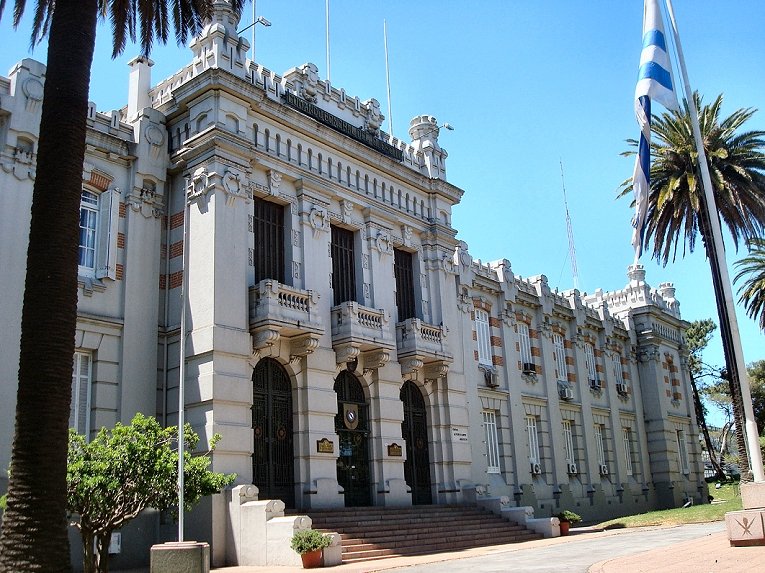 Comando del Ejército Building, Montevideo
Comando del Ejército Building, MontevideoSource: https://commons.wikimedia.org/wiki/File:Comando_del_Ej%C3%A9rcito.jpg
Author: Hoverfish

Montevideo traces its history to 1723, when the Portuguese built the Montevieu Fort in the area. The Spanish retaliated by sending an expedition there and ousted the Portuguese. Then the Spanish quickly brought settlers from Buenos Aires and started a torn at the site of Monteview Fort. Joining the initial group of settlers from Buenos Aires were immigrants from the Canary islands.
In 1724, the town was given the name San Felipe y Santiago de Montevideo, later shortened to simply Montevideo. The city began to develop and became the most important city north of the Río de la Plata.
The Portuguese did try to recapture the city but failed. Instead it was the British that captured Montevideo, when British troops under General Samuel Auchmuty and Admiral Charles Stirling defeated the Spanish in 1807. However within the same year the Spanish recaptured Montevideo.
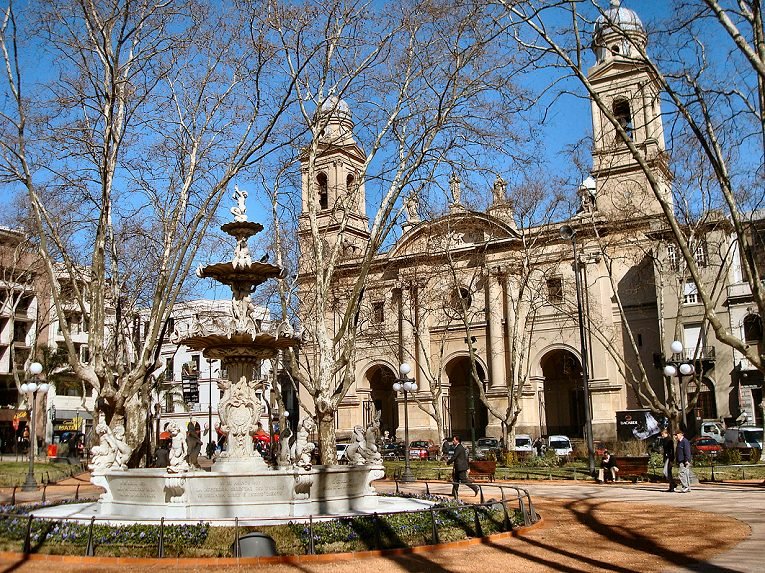 Plaza de la Constitución, Montevideo
Plaza de la Constitución, MontevideoSource: https://commons.wikimedia.org/wiki/File:PlazaConstituci%C3%B3n.jpg
Author: Hoverfish

In 1814 the Spanish governor of Montevideo was expelled, paving the way towards the independence of Uruguay, which was eventually declared in 1828, with Montevideo as the capital. A post-independent Montevideo grew rapidly. It dismantled the old city walls and began to spill out of the traditional old town or Ciudad Vieja into new neighborhoods called Ciudad Nueva, or New City.
There was an influx of European immigrants to Montevideo, particularly at the turn of the 20th century that by 1908, some 30% of its population was foreign born. After decades of growth, Montevideo began to experience a period of economic stagnation in the mid-1950s. This perhaps led to the beginning of the civic-military dictatorship of Uruguay from the 1960s to 1985, which which about a hundred people died or disappeared through political violence.
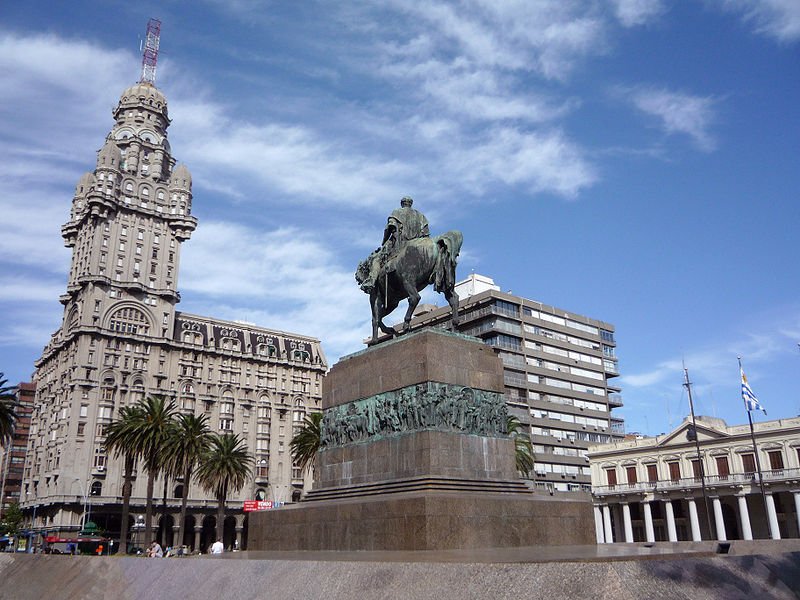 Plaza Independencia, Montevideo
Plaza Independencia, MontevideoSource: https://commons.wikimedia.org/wiki/File:PlazaIndependencia1.jpg
Author: Fulviusbsas

When Uruguay suffered one of its worst banking crises in history in 2002, it affected Montevideo badly. Since then, the city is once again growing and improving its economy.
Visiting Montevideo
The Carrasco International Airport (MVD) serving Montevideo is the largest airport in Uruguay. It receives flights from Asunción, Belo Horizonte, Brasília, Buenos Aires, Córdoba, Foz do Iguaçu, Lima, Madrid, Miami, Panama City, Porto Alegre, Rio de Janeiro, Santiago de Chile and São Paulo, among others.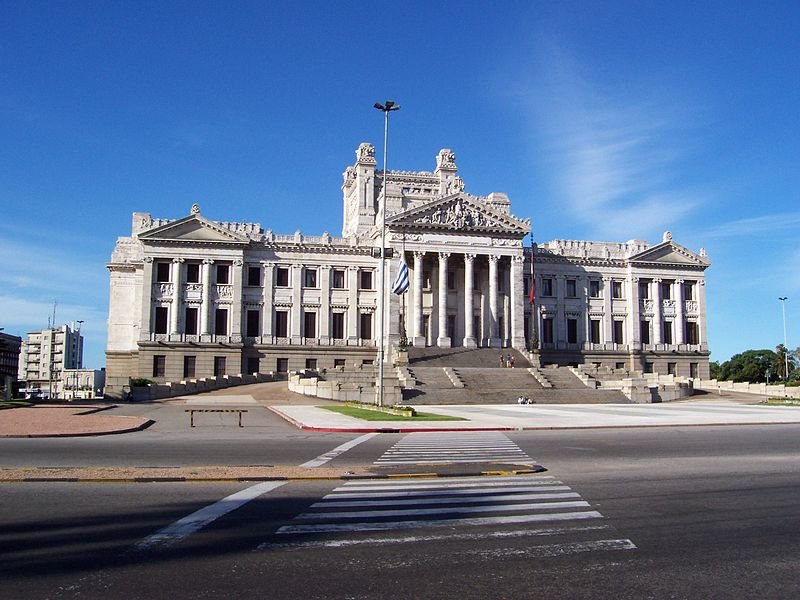 Palacio Legistativo, Montevideo
Palacio Legistativo, MontevideoSource: https://commons.wikimedia.org/wiki/File:Palacio_Legislativo.JPG
Author: Federico Corral aka Shant

Places of Interest in Montevideo
- Ciudad Vieja
The Montevideo Old Town, with many charming streets and historic buildings. - Museo de Arte Precolombino e Indígena (MAPI)
Archaeological museum of pre-Columbian art and indigenous culture in Uruguay. - Mausoleo de Artigas
Monument and mausoleum to José Gervasio Artigas, one of the heroes of Uruguayan independence. - Mercado del Puerto
A covered market place with handicraft shops and restaurants. - Museo Zoológico Dámasco Antonio Larrañaga
Natural history museum showcasing the wildlife and marine life of South America. It has an outstanding specimen collection of butterflies, mollusks and birds. - National History Museum
Museum spread over five historic buildings that provide a detailed showcase of the country's history. - Palacio Legislativo
The national parliament building of Uruguay. - Palacio Salvo
Located next to Plaza de Independecia, this was once one of the tallest skyscrapers in South America. - Plaza de Independecia
The spacious independence square at the end of 18 de Julio Avenue, the city's main thoroughfare. - Sexual Diversity Monument
The first monument in South America to be dedicated to sexual diversity.
 Latest updates on Penang Travel Tips
Latest updates on Penang Travel Tips

Copyright © 2003-2025 Timothy Tye. All Rights Reserved.

 Go Back
Go Back